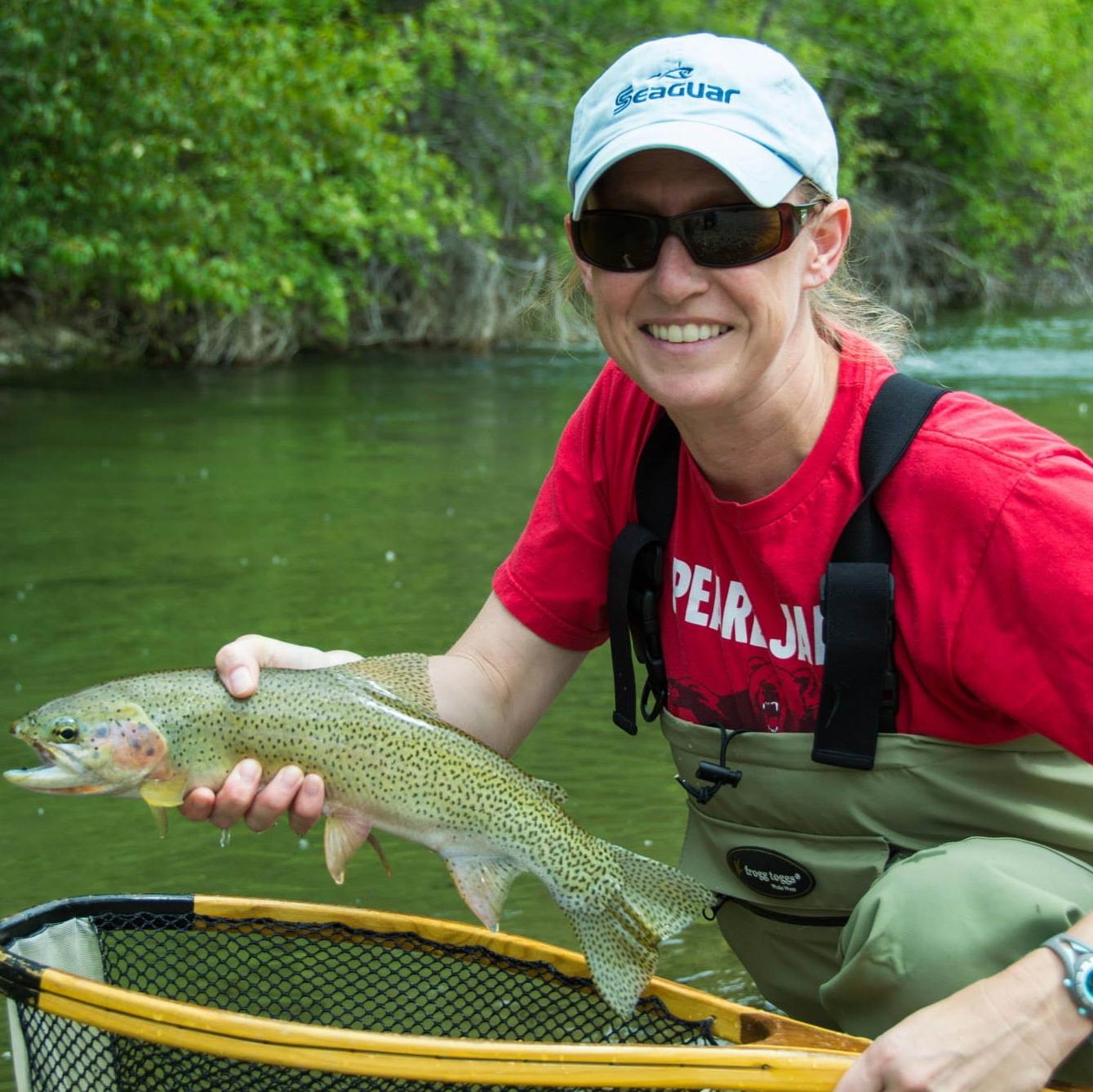
Could the kickoff return in football games become obsolete – going the way of the fumblerooski?
The risk of injury, particularly during kickoff and punt returns, came under scrutiny during a discussion of youth athlete concussions at last week’s Education and Local Government Interim Committee meeting at the state Capitol.
University of Montana researcher Valerie Moody reported on her project team’s assessment of the implementation of the Dylan Steigers Protection of Youth Athletes Act.
The Montana Legislature passed the act in 2013 to promote the safety of youth athletes, requiring the removal of any youth athlete showing concussion symptoms from participation until cleared medically. It’s intended to protect school athletes.
Among the key findings Moody reported in a Thursday conference call to the committee were:
- Half of all schools don’t have access to a certified athletic trainer or school nurse.
- A number of high concussion-risk sports are being offered to youth athletes that are not sanctioned or sponsored activities by schools or school districts.
- Only 84 percent of the institutions responding had a concussion policy.
- Although student athletes and their parents are receiving concussion education, they are not returning signed documents indicating they have received and read the information – thus putting the schools at risk of liability.
- While coaches are completing annual concussion training, athletic trainers and officials are not always completing the training, or having it documented.
- Parents are a significant barrier to implementing the act because they are not following protocols for when students can return to play or are “doctor shopping.”
- An effective source of concussion education training is the National Federation of High School Sports website.
Among the recommendations were:
- There is a critical need for nurses and athletic trainers in Montana schools to provide comprehensive medical care to student athletes.
- More resources are needed to implement concussion policies at schools.
- The Montana High School Association should continue to be the vehicle for implementing the law.
- The current law should also cover non-sanctioned sports that are high concussion risks.
- The role of parents’ responsibility in the current law for reporting concussions to appropriate personnel should be examined.
- To recognize that cognitive baseline testing is a useful tool, although unrealistic to require at this time.
The study recommended new language for the existing law to spell out annual training requirements for coaches, athletic trainers and officials, and to include non-sanctioned sports activities in the law.
Mark Beckman, executive director of MHSA spoke in support of the study and said the 1,600 officials registered in the Montana Officials Association are suspended if they don’t do the concussion training.
“I think we’re making huge strides” in reducing concussions, he said.
Sen. Mary Sheehy Moe, D-Great Falls, asked about getting rid of football kickoff returns.
Beckman and assistant director Brian Michelotti said they were looking at recommendations about that, as well as bunch kicks and onside kicks because of the higher risk of injury.
Angela Wathan, chair of the Governor’s Traumatic Brain Injury Council, spoke in support of the Dylan Steigers Act, and in support of the guideline “when in doubt, sit them out.”
The council also asked for more concussion training for health care providers and for traumatic brain injury protections for sports that are not sanctioned by schools, no matter the venue.
Arianna Del Negro, a board member of the Brain Injury Alliance of Montana, spoke in support of the Dylan Steigers Act being carried out to its full potential and of Moody’s study.
There are far-reaching implications for those suffering brain injury, she said, which can result in a lifetime of adverse impacts.
Sen. Jill Cohenour, D-East Helena, requested that a bill draft come back to the committee and that future discussions include adding non-sanctioned sports to the legislation.
Committee members also requested copies of a previous bill carried by Sen. Robyn Driscoll, D-Billings, that included language on non-sanctioned sports; and a fiscal analysis of cleaning up the language in the current Dylan Steigers Act to reflect some of Moody’s recommendations.
